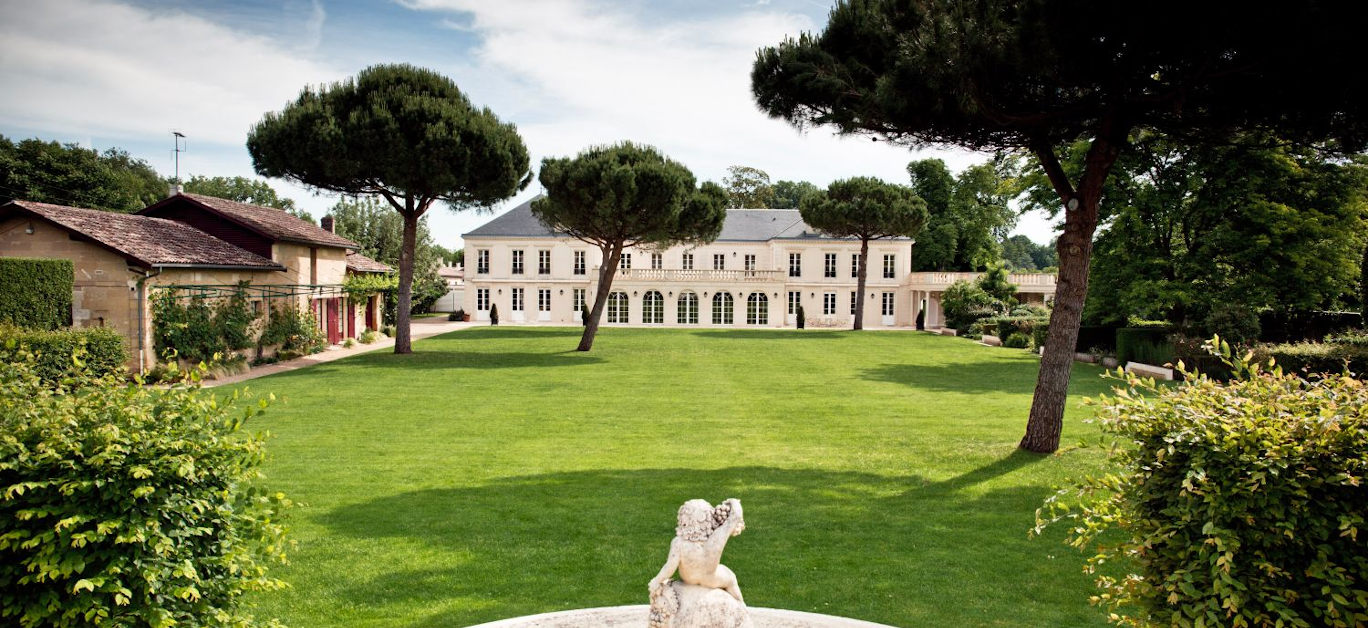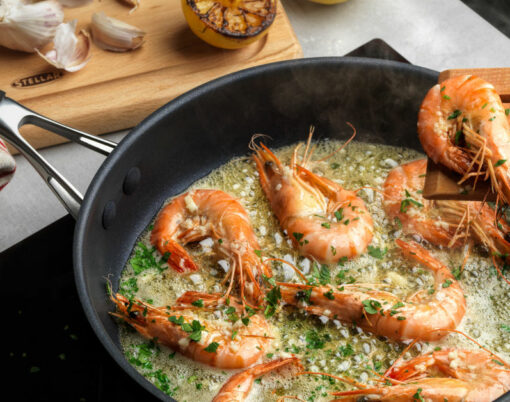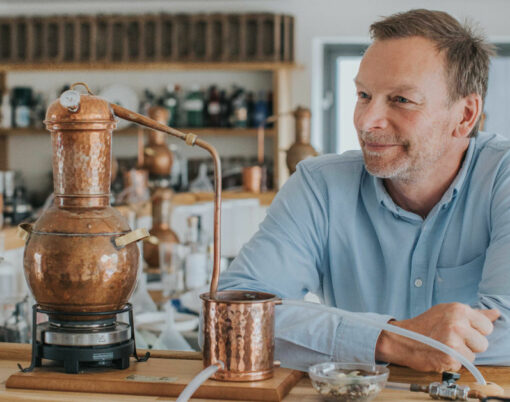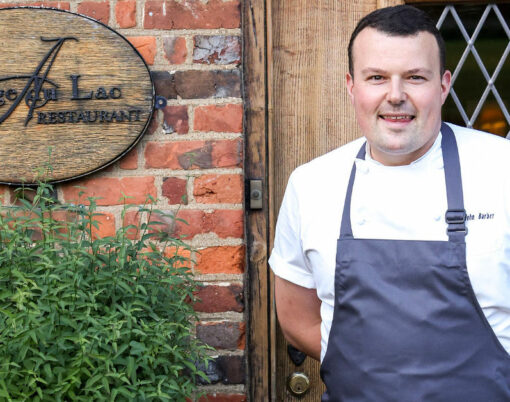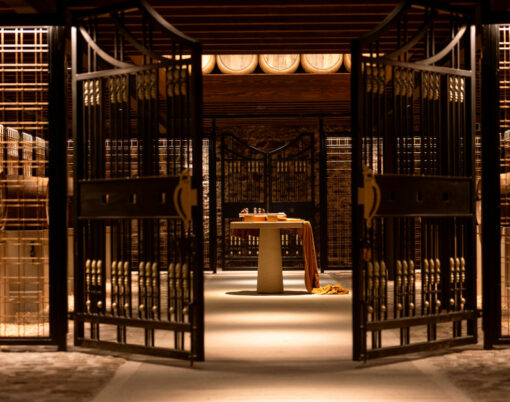I was born in Paris. When I came to Bordeaux with my husband Jean-Jacques, whose parents had bought Château Malartic-Lagraviere, one of the oldest and most famous wine estates in the region, I initially found Bordeaux wines as difficult to understand as many people still find them today. There are thousands of chateaux with very similar names; lots of regional appellations, such as St Emilion and St Estephe and Pauillac and Pomerol; and some frankly bewildering terms like ‘Grands Crus Classés’.
After living and working among people who’ve been here all their lives, however, I found I had entered an enchanting world I never want to leave. I began to make sense of all these terms and to develop a passion for these wines. That’s what I’m going to share with you here.
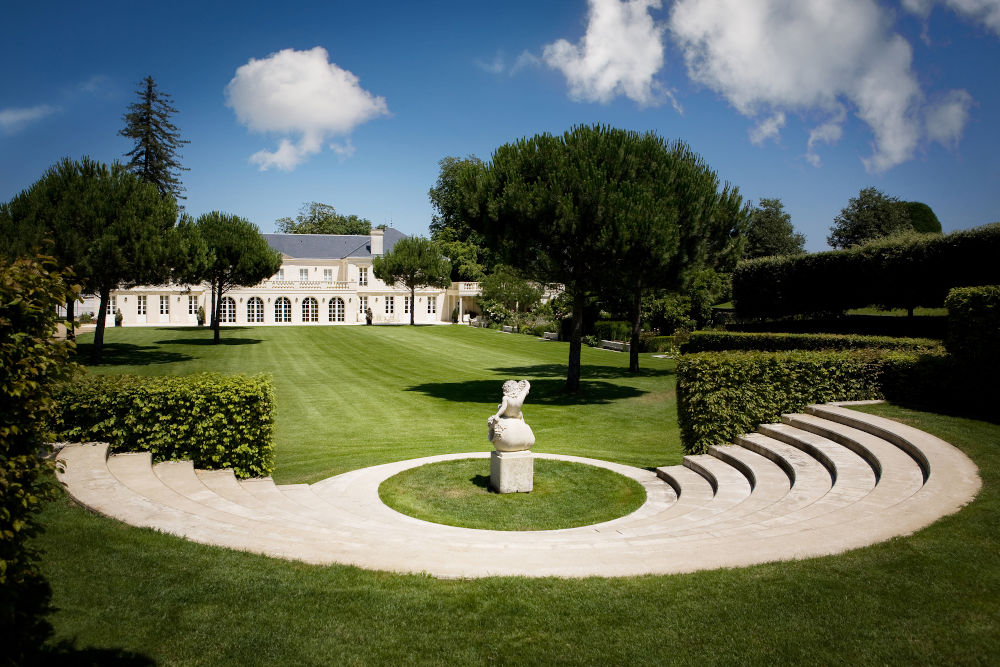
1. Bordeaux wine is about blending and grape varieties
The simplest thing to know is that almost all red Bordeaux is a blend between the blackcurranty Cabernet Sauvignon, its more vibrant cousin the Cabernet Franc, and the plummier Merlot. Each blend depends on the soil on which the vines are planted. Cabernet Sauvignon likes gravel; Merlot prefers clay.
White Bordeaux comes in two styles: dry and lusciously sweet. Both are made from Sauvignon Blanc with which most people are probably familiar and Semillon, a peachy grape that’s rarely grown elsewhere. Sauvignon Blanc loves chalk. There’s not much of it in Bordeaux, but the region of Pessac-Léognan is very lucky to have some in its vineyards.
As you drink Bordeaux, you discover that each area has its own character. Pauillac in the Médoc, has the deepest blackcurrant flavours, but with a steely backbone that can make them worth keeping for decades. Margaux is more perfumed, while St Emilion has a richer, fruitcake richness, and Pessac-Léognan a more delicate style that makes them brilliant with a wide range of dishes.
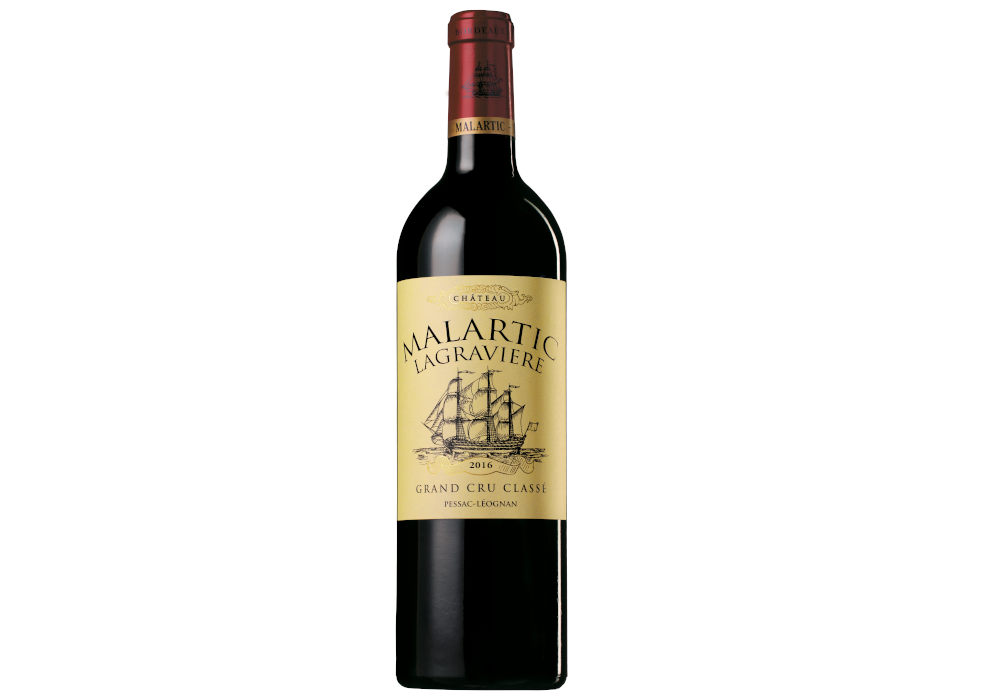
2. Bordeaux wine is also about terroir
Terroir is a combination of soil, climate and human intervention. The microclimate of each plot of land and the way it slopes matter. At Malartic, there is a particular hillside – called a croupe – that always produces the best grapes.
Each unique combination of climate, soil and contours is known in French as a terroir. Winemakers are passionate about reflecting the character of every terroir in their care – and blending the wines they produce to create distinctive, long-lived wines.
3. Bordeaux classification
Over the last 150 years, estates with the finest terroirs have been ranked in local classifications, rather like the star ratings used for hotels. In the Médoc, between the Gironde River and the Atlantic, chateaux were split into five layers of ‘grands crus classés’ – ‘classed growths’ – topped by the superstar chateaux, Latour, Margaux, Mouton Rothschild and Lafite.
On the other side of the Gironde, St Emilion’s top estates are broken down into Premiers Grands Crus Classés and Grands Crus Classés, while the Graves region, close to the city of Bordeaux, has just 14 Grands Crus Classés, including Malartic-Lagraviere.
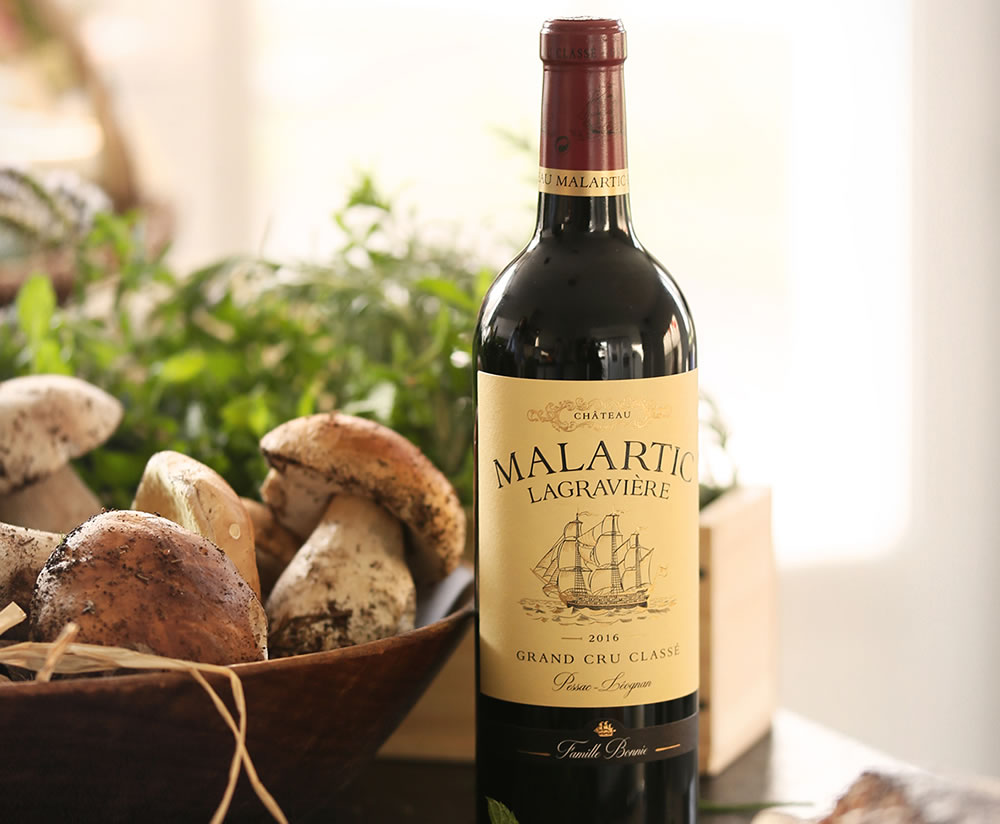
4. The winemaking
You’ll often find owners and their teams in their vineyards throughout the year, until it’s time to decide which grapes are ready to be picked. As in all the top chateaux, at Malartic, everything is always done by hand, and grapes even pass along a conveyor belt where eagle-eyed team members remove any that are rotten or unripe.
Most top Bordeaux chateaux make only red wine. Thanks to that chalk I mentioned, we at Malartic produce red and white. This adds to our challenge because the grapes ripen at different times and are treated differently.
After crushing, the juice of the white grapes is fermented in oak casks, while the juice of the black ones does its fermentation in vats before it, too, goes into oak barrels, from the best French forests. Most top estates produce two or more levels of wine. There’s the ‘Premier Vin’, the first and finest and most long-lived, and the ‘second’ wine – often called the ‘Reserve’ that is often nearly as delicious but made for earlier drinking.
5. The vintage
Every year is different, depending on the weather. Some are fuller bodied after a particularly sunny season; others take longer to be really at their best. But with Bordeaux, you’ll never stop learning, and unfamiliar bottles will often be a delight – the most important thing to remember at the end is the pleasure you will have when sharing a bottle of wine.












